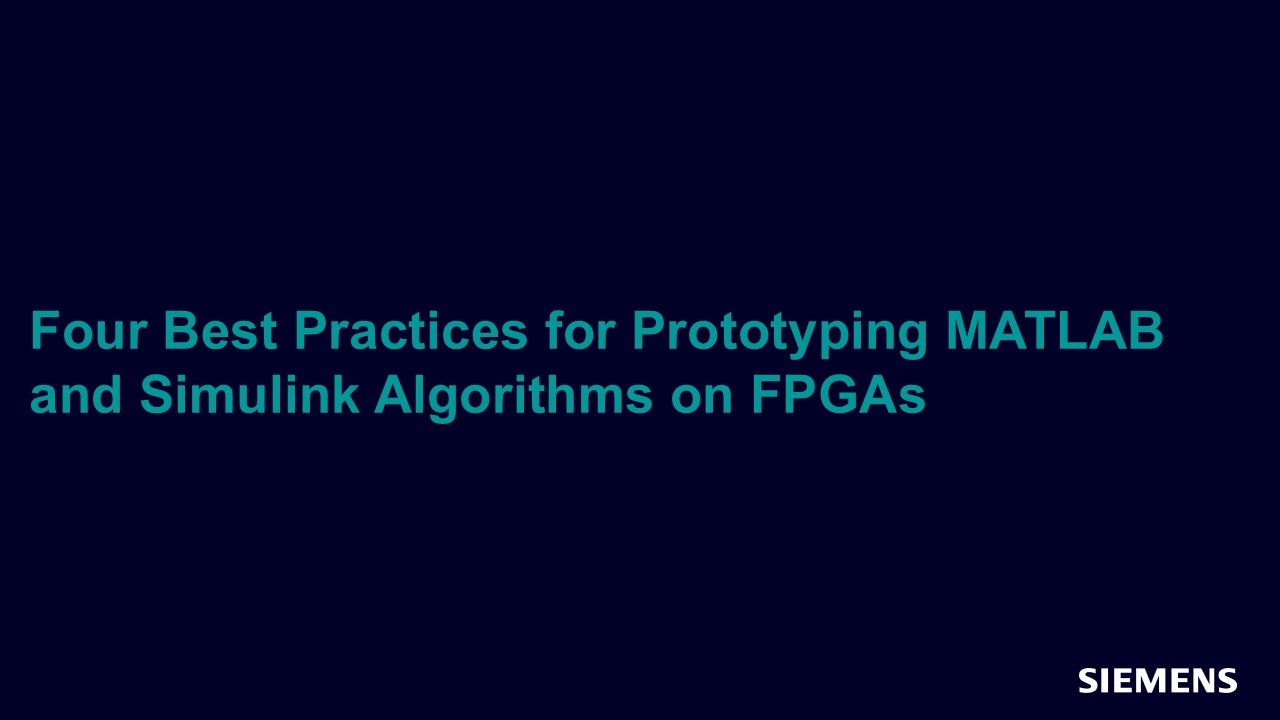Four Best Practices for Prototyping MATLAB and Simulink Algorithms on FPGAs
Chip design and verification engineers often write as many as ten lines of test-bench code for every line of RTL code that is implemented in silicon. They can spend 50% or more of the design cycle on verification tasks. Despite this level of effort, nearly 60% of chips contain functional flaws and require re-spinning. Because HDL simulation is not sufficient to catch system-level errors, chip designers now employ FPGAs to accelerate algorithm creation and prototyping.

Full-access members only
Register your account to view Four Best Practices for Prototyping MATLAB and Simulink Algorithms on FPGAs
Full-access members gain access to our free tools and training, including our full library of articles, recorded sessions, seminars, papers, learning tracks, in-depth verification cookbooks, and more.